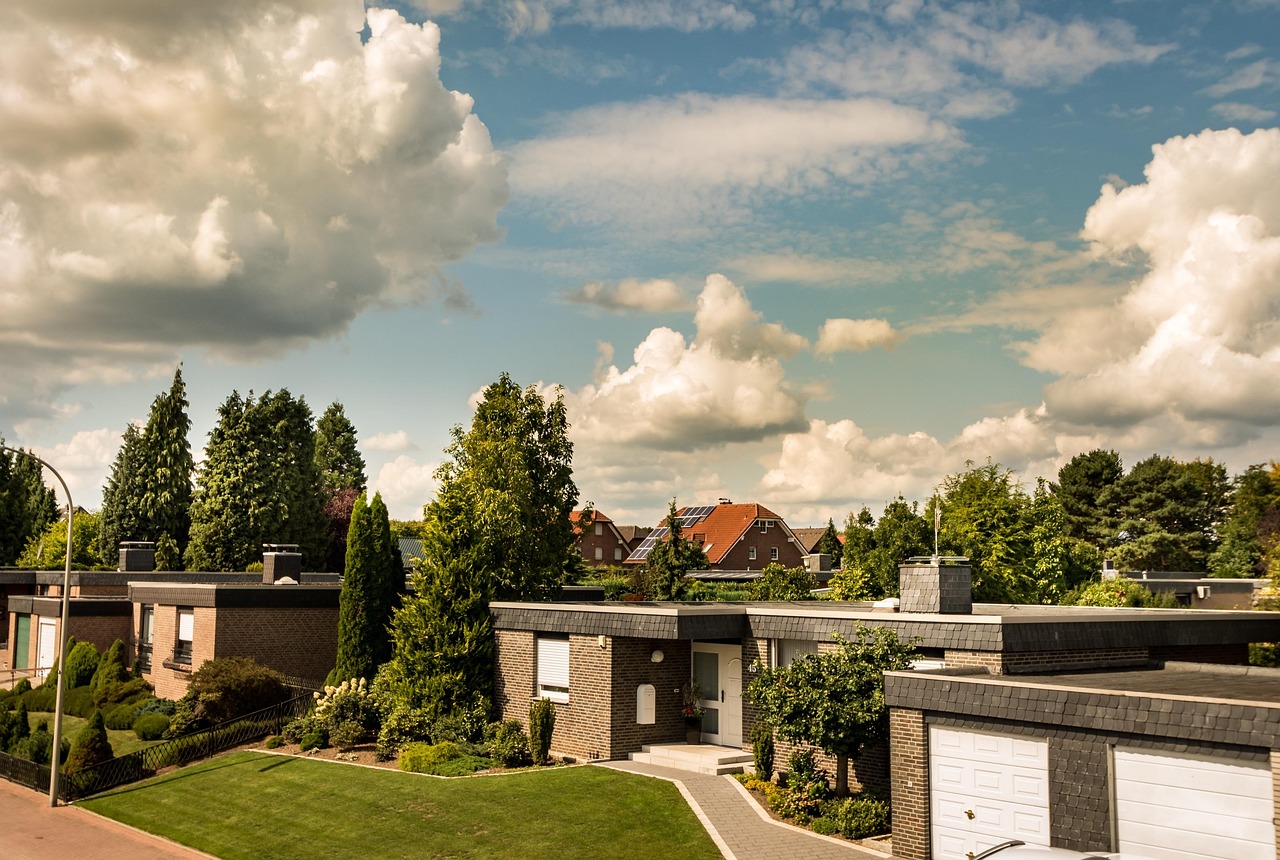Understanding the Returns and Risks of Tiny House Investments
As the real estate market continues to evolve, a new wave of investment opportunities has emerged: tiny houses. Compact yet comfortable, these homes offer a unique and profitable approach to property investment. But how do they weigh against traditional real estate? And what potential risks should investors be aware of? This article will delve into the growing trend of tiny house investments, providing an in-depth understanding of their advantages, challenges, and overall market impact.

Tiny Houses: A Brief Background
The tiny house movement originated in the United States as a response to rising housing costs and a growing desire for a more sustainable and minimalist lifestyle. These homes, often measuring less than 500 square feet, offer an affordable and eco-friendly alternative to traditional housing. The trend has recently caught the attention of real estate investors, who see potential in the tiny house market’s growing popularity.
The Financial Appeal of Tiny House Investments
The primary financial advantage of investing in tiny houses is their affordability. Compared to conventional properties, tiny houses require a significantly lower initial investment, allowing investors to diversify their portfolio more easily. Additionally, the demand for affordable rental properties—especially in cities with high living costs—can generate a steady income stream for tiny house landlords.
Challenges and Risks in Tiny House Investments
Despite the enticing financial prospects, investing in tiny houses also comes with its share of challenges. Zoning laws and building regulations often pose significant hurdles, as many areas still lack specific codes for tiny homes. There is also the risk of market saturation, as the tiny house trend continues to attract more investors.
Impact on the Real Estate Market
The rise of tiny house investments has undoubtedly made waves in the real estate industry. It has introduced a new form of property investment that caters to the growing demand for affordable and sustainable living options. However, its long-term impact is yet to be determined, as the market adjusts to the evolving preferences of homebuyers and renters.
A Balanced Approach to Tiny House Investments
While the returns can be promising, investors must approach tiny house investments with a balanced perspective. Thorough research, careful market analysis, and a clear understanding of the associated risks are crucial. As with any investment, diversification is key: tiny houses should be part of a diverse real estate portfolio, rather than the sole focus.
In conclusion, tiny house investments offer a unique opportunity for investors willing to navigate the challenges of this emerging market. With the right approach, these compact homes can provide a lucrative and sustainable addition to any real estate portfolio.




